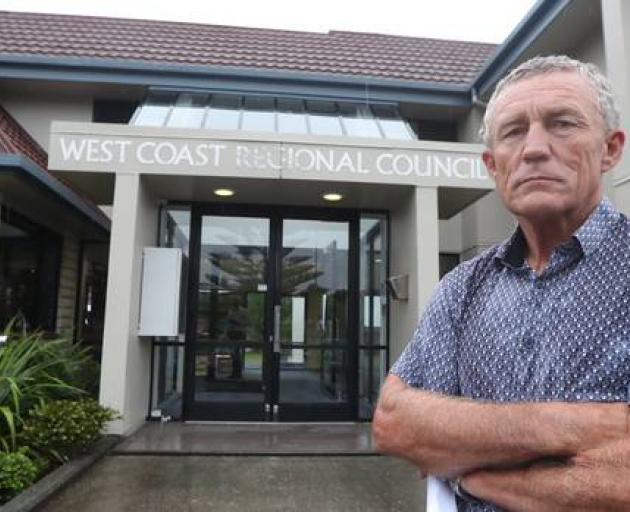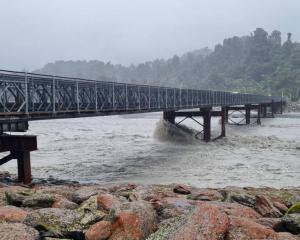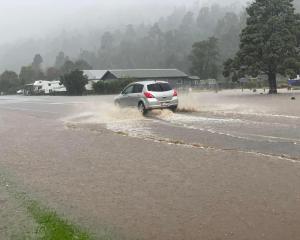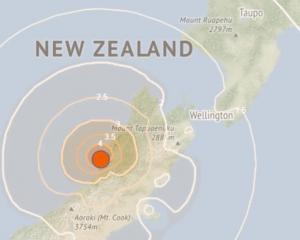
By Lois Williams, Local Democracy Reporter
A whopping pay rise of 41% has raised eyebrows around the West Coast.
Courtesy of the Remuneration Authority, the pay of the chairman of the West Coast Regional Council has gone up to $83,500 — a comfortable 3.5% increase.

That sort of pay rise - 41% - has been rare, if not unheard of, since the heady days of the mid-1980s when the Metalworkers Union called the shots in wage bargaining.
In 1985, once the Robert Muldoon-era wage freeze came off, the minimum wage almost doubled, to $4.25 an hour.
But there has been nothing in recent years to match the new going rate for a West Coast regional councillor.
So how did it come about?
In 2018, the Remuneration Authority reviewed the way it sets the pay levels for councillors, mayors and regional council chairs.
It came up with a new pay scale, based on a council's geographic size and governance responsibilities rather than just population and expenditure, as in the past.
The authority then set fixed sums for all the chairs and mayors — and separate "governance pools" for each council, to be divided between councillors.
In the case of the West Coast Regional Council, the Remuneration Authority set the governance pool at $317,737.
And with just six councillors to share it (the lowest number of any council) the pay worked out at $51,000 each, once they elected to pay the deputy chairman $62,000.
In comparison, the Grey district councillors are paid $23,338 under the new formula — an increase of 3.3%.
Their governance pool, set at $248,832 was lower than the regional council's and had to be split eight ways.
The authority also took into account councils' growing workload from the Government; the time councillors spend on the job, and a comparison with parliamentary salaries.
"In considering the various occupational groups that might have some relativity with local government elected members, we concluded that the only similar occupation was that of Member of Parliament," it said.
The size of the pool is linked to each council's ranking on the new Remuneration Authority index — and it takes no account of the number of seats around the council table. Nor does it give councillors any choice about accepting the money.
"The governance pool will not have any relationship to the number of councillors ... and is required to be fully distributed," the authority said.
"We understand that in any community there will be pressure to keep the rates down by paying councillors less, and we feel it is important that councils are protected from such pressure."
While the West Coast Regional Council budgeted for the full amount of the pay rise, the Grey District Council underestimated the size of the increase, and has a shortfall of $56,000.
It has said it might have to put up rates to plug the gap, or use funds allocated for other purposes.
The former mayor, Tony Kokshoorn, who donated all his pay increases to charity over his 15 years in the job, said the huge pay hike for regional councillors was out of kilter with their workload.
"District councillors do far more work than regional councillors and their duties are more demanding," Kokshoorn said.
"We would get hundreds of submissions on our District Plan for instance — they'd be lucky to get a couple of dozen."
The West Coast had struggled over the past decade, while most regions had recovered and councillors' pay rises, set by Wellington, were inconsistent with the local economy, he said.
However West Coast Regional Council chairman Allan Birchfield said his councillors worked just as hard, if not harder, than district councillors.
"We only have seven people for the whole of the West Coast, so we're talking a huge area compared to the Grey district, and there's much more time and travel involved."
Regional councillors also did a lot of work behind the scenes, in their communities, dealing with 26 separate rating districts, and more recently, freshwater groups.
"We are dealing with more and more work being heaped on regional councils by central government, and that affects councillors as well as staff," Birchfield said.
The Remuneration Authority said some public criticism of the new pay rates was to be expected.
"Usually ... there is some adverse comment in the media about the inappropriateness of the pay rise and occasionally, how surprising it is that politicians get paid at all.
"People grizzle about their 'useless' councillors (but) frequently the same people are unwilling to put themselves forward for election, sometimes for reasons around remuneration and time, or because it is a public role that they recognise will interrupt or take over their private life," the authority said.











